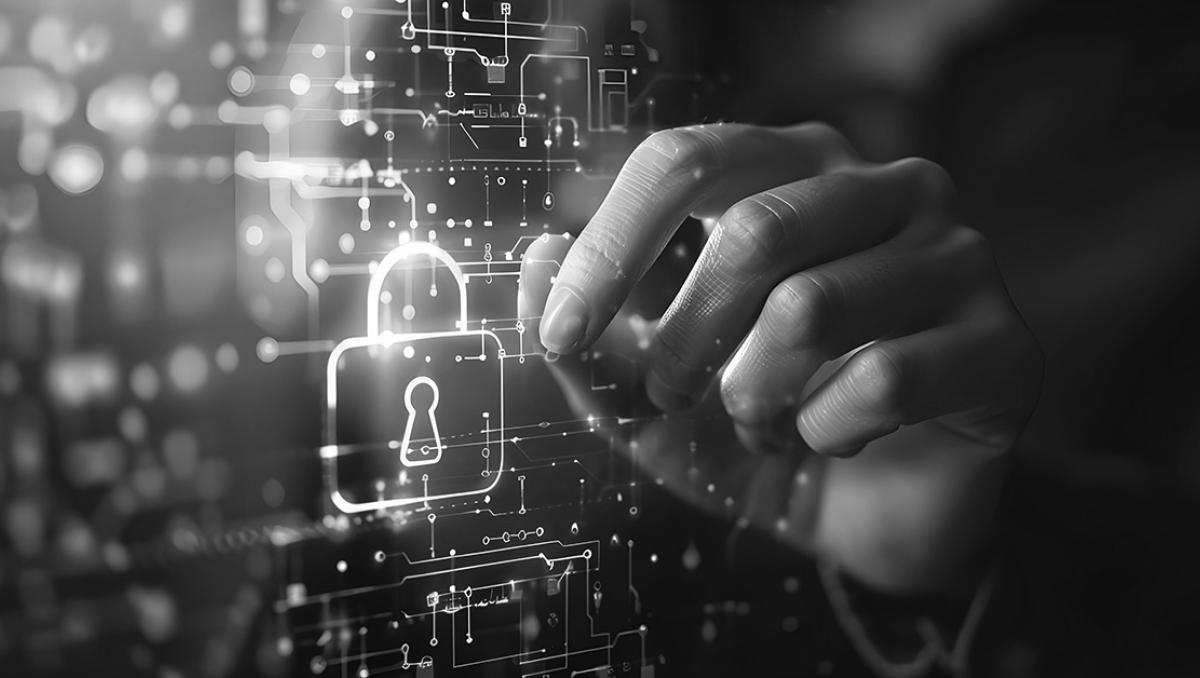
Exploring the intricate relationship between people and cybersecurity opens up a dynamic landscape where individuals’ decisions, habits, and intentions significantly impact the safety and integrity of digital systems.
Cybercriminals are savvy opportunists, and like pickpockets, they go where the crowds are. They scan the virtual world, identifying weaknesses in the popular sites and systems people use. Whether it’s social media platforms teeming with personal data or online marketplaces bustling with transactions, cybercriminals meticulously search for chinks in the digital armor.
Natural human biases are one such chink, and are easily exploitable to infiltrate networks, steal sensitive information, or deploy malicious software. This is because humans are not just users of technology but active participants in its ecosystem.
A Linchpin for Resilient Defense
Yet, vulnerabilities alone do not define the relationship between people and cybersecurity. Human ingenuity and adaptability are potent weapons in the war against cybercrime. This is why understanding the complexities of human behavior enables cybersecurity practitioners to anticipate these vulnerabilities and implement targeted education, training, and awareness programs to mitigate risks effectively.
Traditional cybersecurity frameworks do not address human behavior. Cognitive biases, social engineering tactics, and organizational culture influence how individuals perceive and respond to cyber threats. The better they understand these nuances, the more cybersecurity experts can tailor their strategies to align with human psychology, fueling a security awareness and resilience culture.
By leveraging behavioral analytics, machine learning, and threat intelligence, organizations can harness human insights to detect and respond to emerging threats proactively. In this way, individuals are empowered to become active participants in cybersecurity defense, extending the reach of traditional security measures.
The Psychology Behind Cyber Interactions
Delving into the psychology behind cyber interactions reveals various factors influencing why people become targets of cyberattacks and how these risks can be mitigated.
At the heart of many cyber exploits lies the element of trust. Malicious actors adroitly exploit this element of human psychology, employing tactics such as phishing emails, social engineering, or fake websites to capitalize on people’s inclination to trust. This is why learning to distinguish legitimate digital communications from illegitimate ones is at the core of thwarting these schemes.
Fearmongering, too, plays a pivotal role in the cybersecurity landscape. Malefactors wield the fear of data breaches, financial loss, or reputational damage as potent tools to coerce victims into actions that are detrimental to their safety.
Moreover, through disseminating fake information, cybercriminals sow seeds of panic, destabilizing trust in institutions, authorities, or specific ideologies. Whether through fabricated threats of violence, health crises, or societal collapse, these actors aim to instigate chaos, amplify discord, and coerce compliance or support for their agendas.
Fear is their currency, and by exploiting primal fears, they can manipulate public opinion, incite division, and ultimately undermine the fabric of society.
Preying on Biases
Human cognition, while remarkable, is still fallible, and its imperfections inadvertently compromise cybersecurity measures. One such cognitive bias is optimism bias, which leads people to underestimate their vulnerability to cyber threats. This fosters a false sense of security, often rooted in the belief that “it won’t happen to me,” leading to lackadaisical attitudes toward robust cybersecurity practices.
Similarly, the familiarity bias adds to complacency in the face of repeated warnings or previous encounters with cyber threats. When individuals become accustomed to warnings without having suffered negative consequences, they can develop a sense of immunity, which sees them disregarding future risks.
These biases create blind spots in individuals’ perceptions of cyber threats, leaving them wide open to exploitation by bad actors who capitalize on these weaknesses to gain a foothold onto networks to compromise or exfiltrate data.
Building a Human Firewall
Building a cyber-aware culture goes beyond implementing cybersecurity tools and solutions; it involves creating a collective mindset of vigilance and responsibility toward cybersecurity throughout the business.
Implementing comprehensive cybersecurity training programs is crucial for equipping people with the knowledge and skills to recognize and respond effectively to cyber threats. These programs should cover various topics, from basic cybersecurity hygiene practices to more advanced techniques for identifying and thwarting sophisticated attacks.
By fostering a continuous learning and awareness culture, companies can empower their employees to make informed decisions and remain vigilant in the face of evolving cyber risks. Similarly, creating open communication channels between employees and corporate security is vital for promoting the timely reporting of suspicious activities and potential breaches.
Employees should also feel encouraged and supported when seeking assistance and reporting security incidents without fear of reprisal or judgment. Having an environment where transparency and accountability are valued helps ensure that threats are detected and addressed promptly, minimizing the potential impact on the organization.
Stay Informed, Stay Alert
In the shifting landscape of cybersecurity, human behavior remains our greatest asset and our most significant vulnerability. By understanding the psychological factors that influence human actions and attitudes towards cybersecurity, businesses can better tailor their training programs and communication strategies to engage and empower their employees effectively.
By building a culture of cyber awareness and accountability, entities can strengthen their defenses against a wide range of cyber threats and confidently navigate the complex terrain of cyberspace. Vigilance is the ultimate defense, and by staying informed and alert and working together, we can protect ourselves and our businesses from cyber threats.



